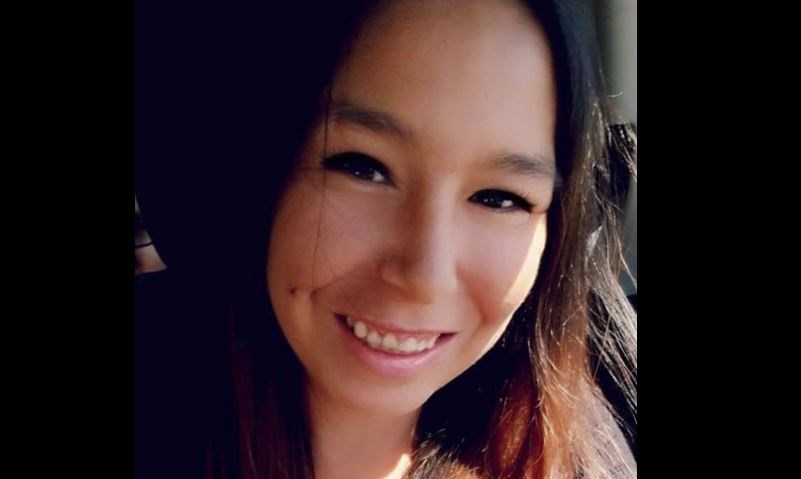THUNDER BAY - Of the four stab wounds 32-year-old Irene Barkman sustained the night of Oct. 29, 2018, one proved to be fatal, according to the forensic pathologist’s examination.
Dr. Nicholas Escott, an expert in forensic pathology, was called to testify by the Crown on day three of the trial against Peter Keeash for his alleged role in Barkman’s death. Keeash was charged with second-degree murder, along with two counts of uttering threats to cause death and one count of forcible confinement. He has pleaded not guilty to all charges.
Escott conducted the post-mortem examination on Barkman on Nov. 2, 2018 in Thunder Bay after she died on Oct. 31 from injuries sustained at a Dufferin Street apartment the night of Oct. 29.
The examination revealed four stab wounds on Barkman’s neck and head, with wounds beside the ear, below the chin, and side of the neck being superficial in nature.
According to Escott, a fourth stab wound on the neck would have been fatal because it punctured the carotid artery.
“The ultimate cause of death was brain death and the factors that led up to that was primarily bleeding from the injury to the carotid artery to the neck,” he testified. “She obviously suffered enough blood loss that blood was not able to reach her brain in sufficient quantity to keep it oxygenated.”
The stab wound would have also caused a build-up of blood, or hematoma, in Barkman’s neck that would have compressed her breathing tube, further limiting the amount of oxygen reaching her brain.
“I didn’t identify the size of this hematoma because it was removed during surgery,” Escott said. “It was indicated in the x-ray when she got to the emergency department.”
Escott added he was unable to determine the exact depth of the stab wound and the severity of damage to the artery due to surgical efforts performed by medical staff when Barkman was brought to the hospital.
A toxicology report also indicated Barkman had an elevated level of alcohol in her system, which would have resulted in quicker bleeding due to alcohol dilating the blood vessels.
During cross-examination by defense counsel George Joseph, Escott was asked why his post-mortem report that stated the lethal stab wound was difficult to determine because of surgical intervention differed from the testimony he gave to the court.
“It is based on the history I was given,” he said. “I was able to review the admission report and the surgical report. But it was not obvious to me at autopsy. At autopsy, I couldn’t say for certain it was [stab wound] number three but it was my opinion that it was number three based on the history and my assessment of the exam.”
Also called to testify on Wednesday was Ronald Lai, a forensic scientist in the biology section of the Centre for Forensic Sciences.
Lai told the court that he received five items for DNA analysis including the knife handle and broken blade found at the Dufferin Street apartment, shoes seized from Keeash, and fingernail clippings from Barkman.
Blood found on the knife blade and handle matched a DNA profile belonging to Barkman. Blood was also detected on Keeash’s shoes, but there was not enough DNA to generate a profile.
Keeash could not be excluded as a source of a DNA profile taken from a swab of Barkman’s fingernails, though Lai noted it can be difficult to distinguish DNA profiles of relatives and several relatives of Keeash were in the apartment on Oct. 29, 2018.
A second individual who was in the Dufferin Street apartment the evening of Oct. 29 began testimony on Wednesday and will continue on Thursday.
